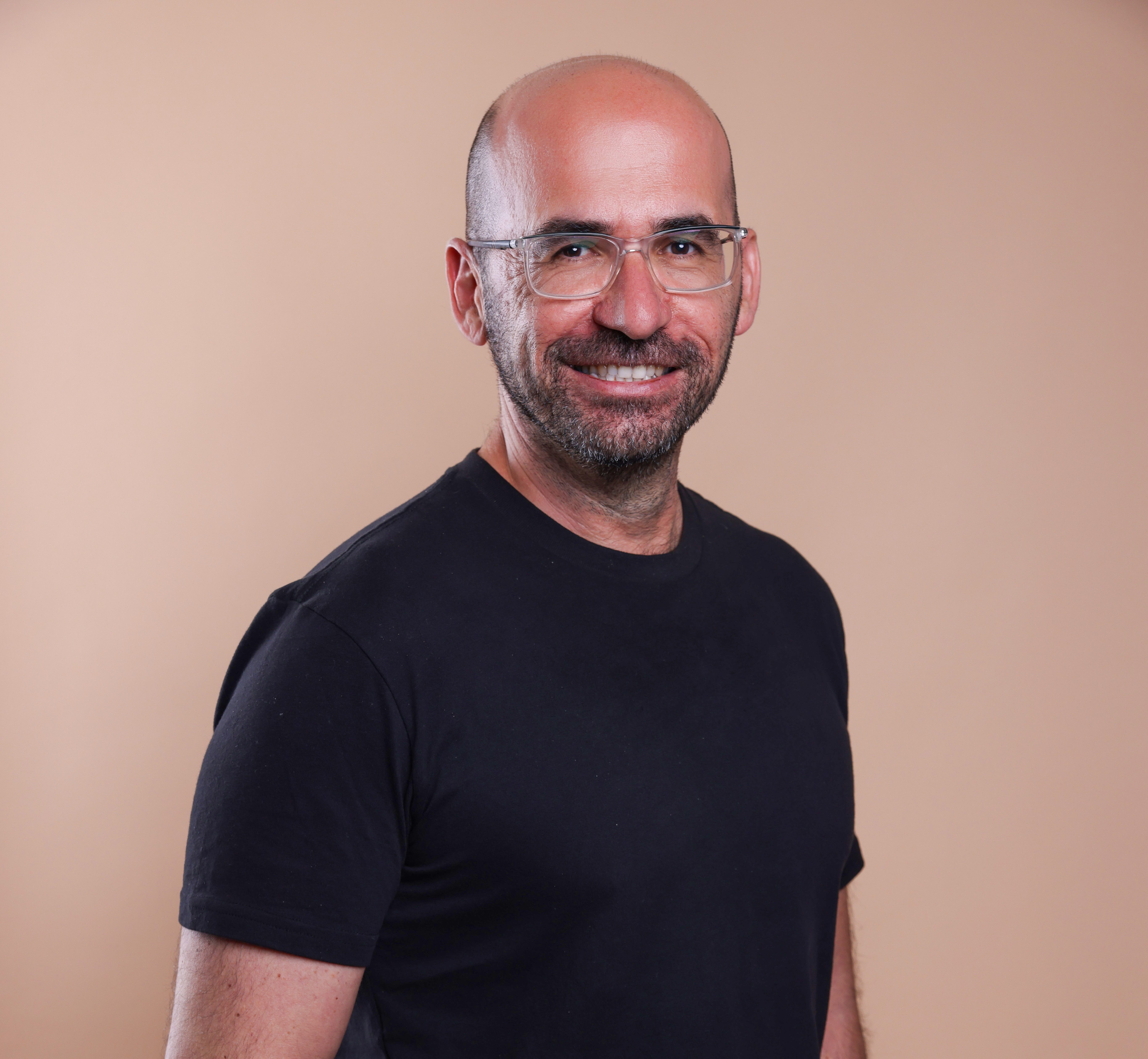About two weeks ago, I went to an Eviatar Banai concert in Jaffa. I pretty much knew what the setlist would be, especially in light of Eviatar’s latest album, where themes of war are intricately woven throughout, both in breadth and depth. Eviatar, one of my favorite artists, has always oscillated between melancholy with dark reflections on life and everything in between. To my surprise, however, sitting next to me were two teenage girls, probably around 14, and in the row ahead, four more high school girls.
They all sang along to the lyrics of Eviatar’s songs from every album, including ones that were written when their parents were only contemplating having children.

I learned something that evening, from the young girls and, more importantly, from the atmosphere. Poetry, if we pause for a moment, can be seen as a space for stopping, reflecting, and contemplating a world that is increasingly fast-paced, where likes and notifications have engineered us into a whirlwind of distraction and inattention.
I’d like to exaggerate slightly for the sake of argument and claim that what happened that night with Eviatar could also occur in a classroom, because poetry, in its deepest sense, is not just a medium of communication. It is an existential space—the place where silence and words can meet. It is a moment when a student’s consciousness confronts its own limits, its conditioning, and its addictions.
Perhaps the slowness of the song’s lyrics is a rebellion against the world of consumption. In a world where artificial intelligence bombards us with information, the poet offers us a small bit of perspective– a skill that remains almost our last defense against the machine: critical thinking and judgment.
It is important for teachers to understand that in order for poetry to touch the hearts of students, they must first relinquish the initial assumption that poetry is merely “teaching material.” Instead, poetry offers an alternative space for existence. It’s not a competition with Instagram or TikTok, but an alternative path that can resonate much more deeply than endlessly scrolling through a feed.
Poetry can sometimes be seen as outdated, and yes, adjustments need to be made. There are Israeli and international creators who delve into the internal world of students– talented artists. One can analyze “Lost in Space” by Tuna, a brilliant song that critiques the society we live in, or dive into the words of young Canadian artist Alessia Cara with her poignant song “Scars to Your Beautiful.” In my opinion, it’s crucial not to fall into the trap of pitting “high culture” against “pop culture.” I, myself, was momentarily surprised when I heard a 14-year-old student sitting next to me emotionally singing the words to Eviatar Banai’s song “I Have a Chance to Be Saved” (an album that was released 15 years before she was born).
Poetry is a space where a student can learn not only about art and literature but also about themselves– the ability to hear their inner voice amidst the noise of the world. It’s not just a technical analysis of metaphors and rhyme; it’s a holistic experience, not merely something to consume. A school’s role is also to provide a space for the creation of poetry, not just its consumption. From personal experience, writing is a therapeutic tool, a way to express what’s burning inside, both on paper and when standing before an audience, reading aloud. It can even be expressed on the walls of the school.
And then, hopefully, we’ll feel in our classrooms what the poet Amir Banai wrote about poetry and music: “I’m so glad you exist.”




